There are various basic electrical and electronic components that are commonly found in different circuits of peripherals. In many circuits, these components are used to build the circuit, which are classified into two categories such as active components and passive components. Active components are nothing but the components that supply and control energy. Passive components can be defined as the components that respond to the flow of electrical energy and can dissipate or store energy. These components can be found in numerous peripherals like hard disks, motherboards, etc. Many circuits are designed with various components like resistors, capacitors, inductors, transistors, transformers, switches, fuses, etc. Therefore, this article gives brief information about different types of electronic and electrical components that are used in various electronic and electrical projects. The following paragraphs describe each & every component in detail with diagrams.
Major Electrical and Electronic Components
The major electrical and electronic components used in electrical and electronic projects mainly involve these components like resistors, capacitors, fuses, transistors, integrated circuits, relays, switches, motors, circuit breakers, etc. In many circuits, these components are used to build the circuit, which are classified into two categories such as active components and passive components.
Active and Passive Components
Active components are nothing but, a component that supplies and controls energy. Passive components can be defined as, a component which response to the flow of electrical energy and either dissipates or store energy.
Resistor
A resistor is an electrical component that restricts the flow of current in the circuit. A resistor can also be used to afford a specific voltage to a transistor. When current flows through the resistor, the resistor absorbs the electrical energy and degenerates it in the form of heat. Resistors may have variable or fixed resistances, which can be found in thermistors, photoresistors, trimmers, Varistors, potentiometers, and hamsters. The current flow through a resistor is directly proportional to the voltage across the resistor terminals. The relationship is represented by Ohm’s law. Ohm’s law states that dissipation due to the resistance and the units of resistance is Ohms.
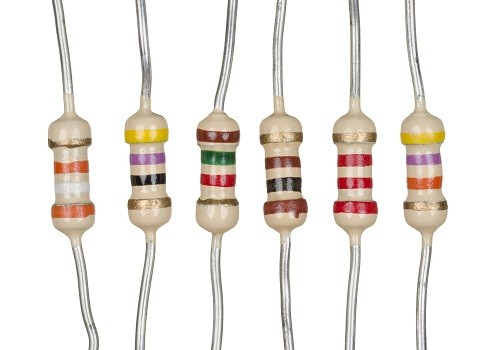
resistors
Ohms law V=IR from this equation, we can get I=V/R
Where ‘V’ is the Potential difference of the conductor, ‘I’ is the current through the conductor and ‘R’ is the resistance of the conductor.
Capacitor
A capacitor is a two-terminal linear passive component that is made from two conductive plates with an insulator between them. The main function of a capacitor is that it stores electrical energy when an electric charge is forced onto its terminals from a power source. It maintains the charge even after getting disconnected from the power source. In a timing circuit, a capacitor is used with a resistor and also can be used as a filter to allow the AC signals and block the DC signals.

capacitor
The stored electrical charge is Q=CV
Where “C” is the capacitive reactance and ‘V’ is the applied voltage.
Thus, the current flow through a capacitor is I= C dv/dt
When a DC current is applied across a capacitor, a positive (+) and negative (-) charge builds on a set of terminals. The charge stays until the capacitor is discharged. When an AC current is applied across a capacitor, a positive and negative charge forms on a set of plates during the part of the cycle when the voltage is positive. When the voltage goes negative (-) in the second half of the cycle, then the capacitor releases before the charged current, and then charge the opposite way.
Microcontroller
A microcontroller is a small computer on a single integrated circuit that assembles all the features that are found in the microprocessor. In order to serve different applications, it has a high concentration of on-chip amenities such as RAM, ROM, timers I/O ports, serial port, interrupts and clock circuit. These are used in various automatically controlled devices such as remote controls, medical devices, automobile engine control systems, power tools, toys, office machines, and other embedded systems.
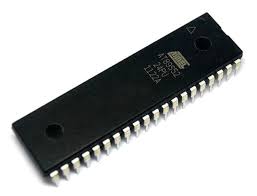
microcontroller
Inductor
An inductor or coil or a reactor is a two-terminal passive electrical component. The main function of an inductor is that it stores electrical energy in the form of magnetic energy. Generally, an inductor comprises a conductor, commonly wound into a coil, that works on the principle of Faraday’s law of inductance. When a current flows through the coil from the left side to the right side – the coil produces a magnetic field in the clockwise direction. The inductance of the inductor is denoted by ‘L’.
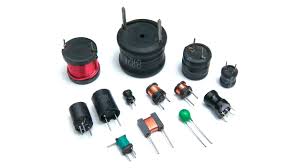
inductor
Inductor with symbol
L== (µ.K.N2.S)/I.
Where,
- ‘L’ is an inductance
- ‘K’ is a Nagaoka coefficient
- ‘µ’ is a Magnetic permeability
- ‘N’ is the number of turns of the coils
- ‘S’ is the Cross-section area of the coil
- ‘I’ is the length of the coil in an axial direction
Transformer
A transformer is an electrical device that consists of two coils of wire, that are linked by an iron core. It offers the much-needed capability of changing the current and voltage levels easily. The main function of the transformer is to increase (step-up) or decrease(step-down) AC voltages. The transformer works on the principle of Faraday’s law of electromagnetic induction, that is, mutual inductance between two circuits, that are linked by a common magnetic flux. A transformer converts electrical energy from one circuit to another circuit with the help of mutual induction between the two windings without electrical connection between them, and also converts power from one circuit to another circuit without changing the frequency but with a different voltage level.

transformer
In a step-up transformer, a secondary coil contains more winding than the primary coil. Coming to a step-down transformer, it has more windings in the primary coil than the secondary coil. These are one of the main reasons we use AC current in our homes and not DC. DC voltages cannot be changed using transformers. Transformers are available in many sizes in the market today, ranging from small ones to large one.
Battery
A battery is an electrical device that is used to convert chemical energy into electrical energy through electrochemical discharge reactions. It is composed of one or more cells wherein each cell has an anode (+), the cathode (-) and the electrolyte. The anode and the cathode are kept up to an electrical circuit. Batteries are classified into two types; they are primary or disposable batteries and secondary or rechargeable batteries, wherein the primary batteries are not rechargeable while the secondary batteries are rechargeable.

battery
Fuse
A fuse is a material or a piece of wire which is used to protect the components from destruction due to the excessive current flowing through them. When excessive current flows through the circuit, the wires get heated up and get damaged. As a result, the current stops flowing. When the fuse melts due to the overflow of current then, the element of the fuse absorbs some energy. The absorbed energy is given by I2t.
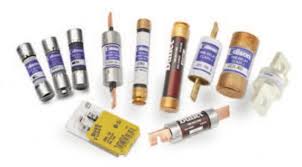
fuse
Where, ‘I’ is the peak value of the current interrupted.
‘t’ is the time taken to clear the fault.
Every type of fuse is designed for an accurate amount of current. A standard fuse comprises main components such as a set of contacts, metal-fuse elements, connection, and support body. A fuse element is made of Zinc, copper, silver, aluminum or alloys to afford predictable characteristics. That may be enclosed by air or material.
Diode/LED (Light Emitting Diode)
A diode is a device, which is made from a semiconductor material that allows current to flow in one direction; it blocks the current which tries to go against the flow in a wire. These devices are often used in many electronic circuits that convert AC to DC. A LED is the alternative of the diode When a current is applied to a LED, it emits light at a particular frequency. LEDs are used in numerous applications like keyboards, hard disks, TV remote controls, and these devices are very useful as status indicators in computers as well as battery-operated electronics Transistors.
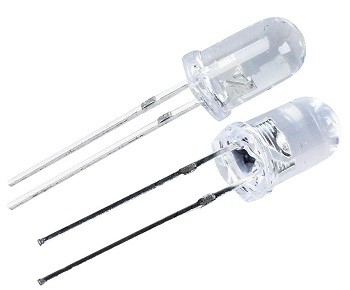
light-emitting-diode
Transistors
The Transistor is an electronic device, which consists of three terminals, made of semiconductor material that controls the flow of voltage or current and acts as a switch for electronic signals. There are two types of transistors PNP and NPN, most circuits tend to use NPN transistor. Transistors are designed in different shapes and the three terminals of the transistor namely, base (B), emitter (E) and collector(C). Where, the base terminal is responsible for activating the transistor, the emitter terminal is the negative lead and the collector terminal is the positive lead.
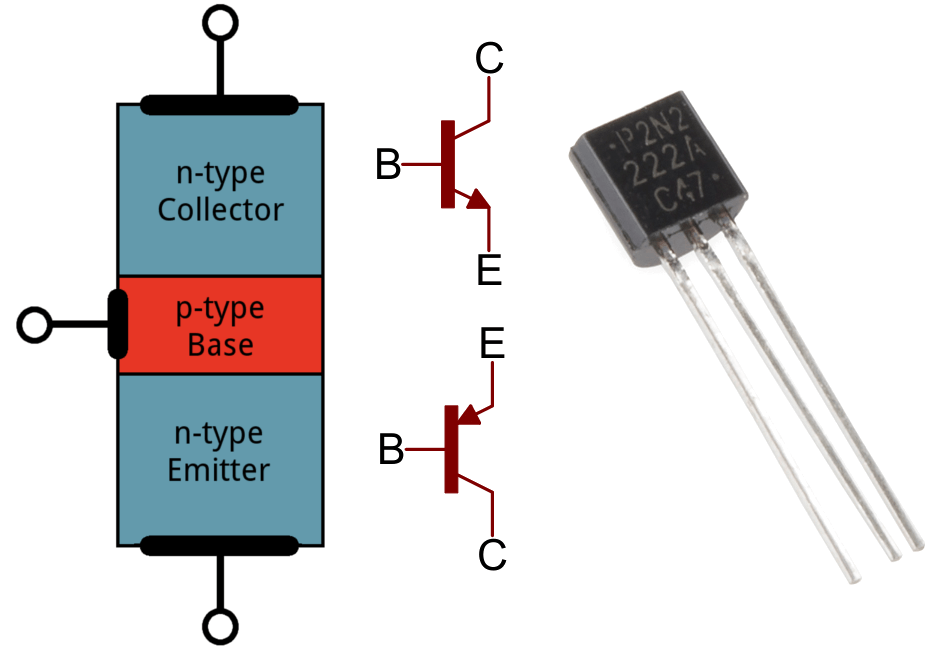
transistors
Integrated Circuit
The short form of an integrated circuit is IC and sometimes it is also called a microchip. The Integrated circuit is a semiconductor device, where loads of resistors, capacitors, and transistors are fabricated. It can function as an oscillator, microprocessor, amplifier, and timer. An IC is categorized as either linear or nonlinear depending on its application. Linear ICs or analog integrated circuits have continuously variable O/P and that depends on the level of i/p signal. These linear ICs are used as audio frequency and radio frequency amplifiers. Digital ICs operate at only a few defined states, rather than over a continuous range of signal amplitudes. The applications of integrated circuits include computers, modems, computer networks, and frequency counters. The basic structure of digital integrated circuits is logic gates, which work with binary data.
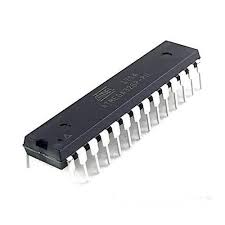
integrated-circuit
Relays
Relays are electromechanical switches that are used to control the circuits by using a low power signal. The relays comprise an electromagnet, an armature, a series of electrical contacts and a spring. First relays were used as amplifiers in long-distance telegraph circuits. There is no electrical connection between the two circuits in the relay because they are connected through a magnetic connection. Relays are used to perform logical operations in telephone exchanges and computers etc.
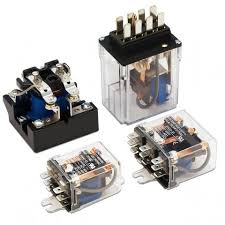
relays
Switches
A switch is an electrical device that is used to break the circuit, interrupting the current and to supply the current from one conductor to another conductor. The switch works with the ON and OFF mechanisms. Switches are classified into four types such as (SPST) single pole single throw, (SPDT) single pole double throw, (DPST) double pole single throw and (DPDT) double pole double throw.

switches
Motors
A motor is an electrical device and the main function of the motor is to convert electrical energy into mechanical energy. The motor contains rotor, stator, bearings, conduit box, enclosure, and eye bolt. Electric motors are everywhere, from common machines to the most complex computers. These motors are competent for the tasks which they perform when compared to pneumatic or hydraulic alternatives. Motors are categorized into different types such as AC inductance motors, DC motors, stepper motor, brushless permanent magnet synchronous motor, brushed DC motor, and switched reluctance motor.
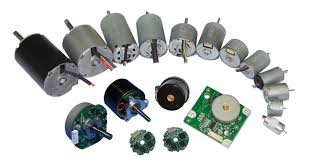
motors
Circuit Breakers
A circuit breaker is a mechanical switching device which is operated automatically and is used to protect the electrical circuit from the damage caused by overload or short circuit. The main function of the circuit breaker is to interrupt the current flow and to identify a fault condition. It comprises two contacts such as fixed and moving contact. Moving contact is used to break and make the circuit using stored energies in the form of spring or compressed air. Fixed contact includes a spring that holds the moving contact after closing. These devices consist of two coils, closing and tripping coil. Where closing coil is used to close the circuit and the tripping coil is used to trip the circuit.
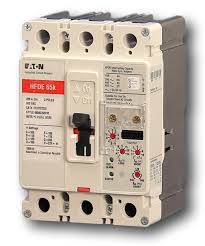
circuit-breaker
Online Sites For Electrical and Electronic Components and Kits
Here is the list of the online stores where you can place an order to buy these components and project kits. These online stores offer different options to place an order like cash on delivery and debit cards or credit card payments. In addition to this, these online stores also deliver the components and kits by courier services like postal, DTD, FedEx, etc.
- https://www.kitsnspares.com/
- https://www.sparkfun.com
- https://www.freetronics.com/collections/kits
- https://www.jameco.com/
- https://element14.com/
- https://robokits.co.in/shop/
- https://embeddedmarket.com/
- https://www.canakit.com
- https://www.edgefxkits.com/
- https://www.onlinetps.com/
- https://uk.farnell.com/
- https://hobby2go.com/
- https://potentiallabs.com/
- https://www.tenettech.com/
- https://www.nex-robotics.com/
- https://mouser.com/
- http://www.mathaelectronics.com/
Therefore, these are some of the basic electrical and electronic components used in implementing various electronic and electrical projects. We believe that you might have understood the article and believe that you have got an idea about various electrical and electronics components. Apart from this, if you have any doubts regarding this article or testing these components in a practical circuit and their assembling procedures, you can approach us by commenting in the comment section below.